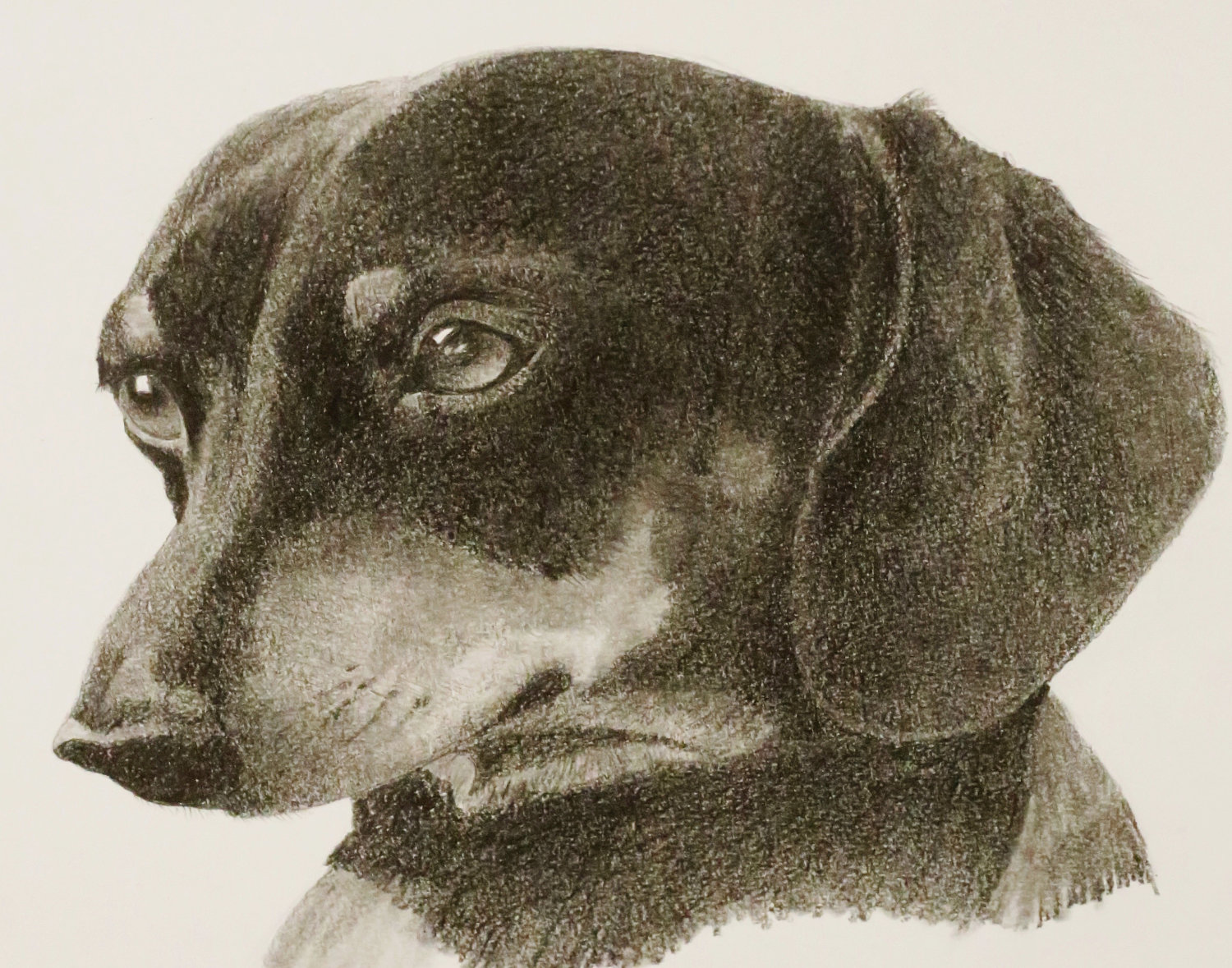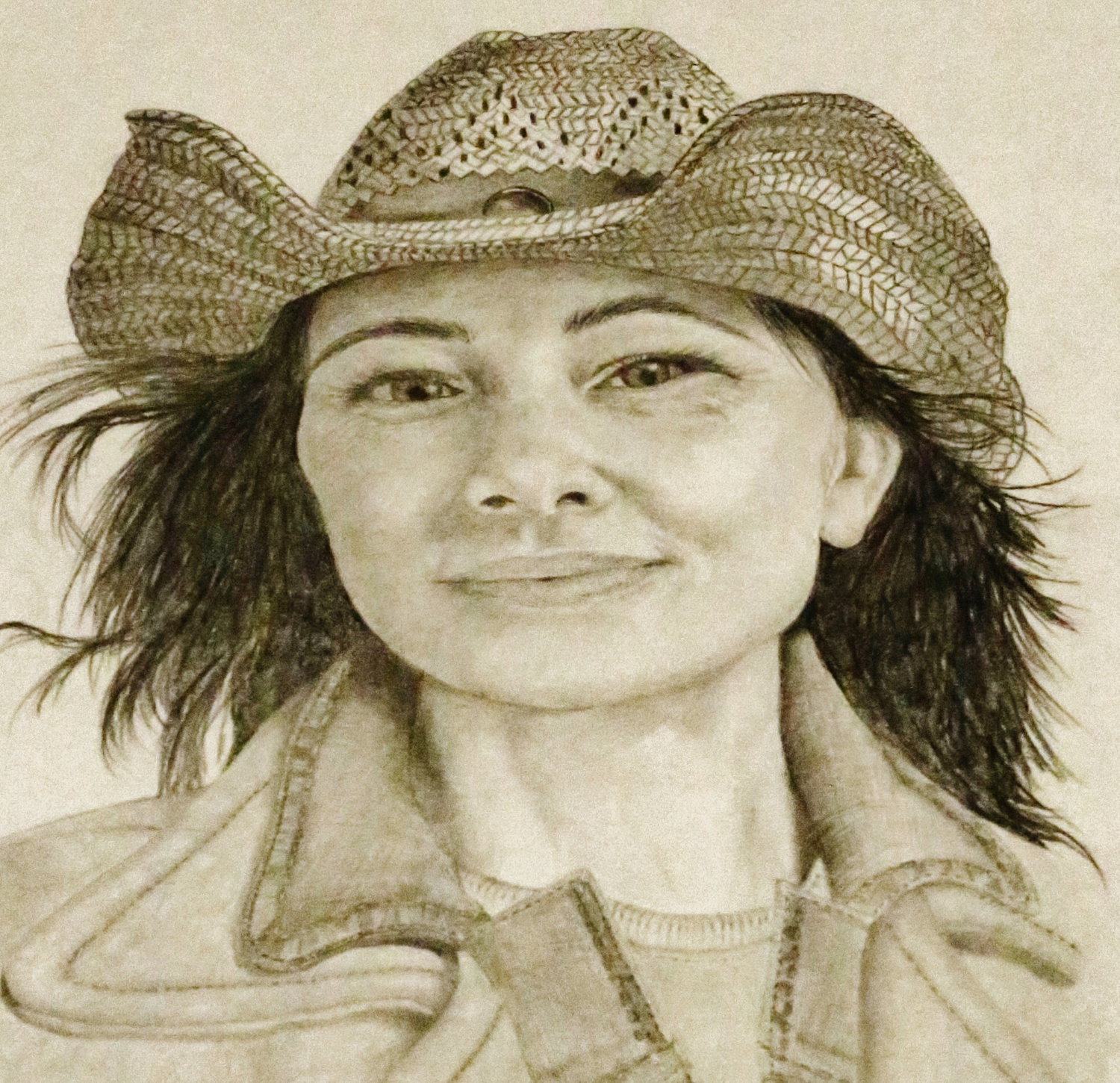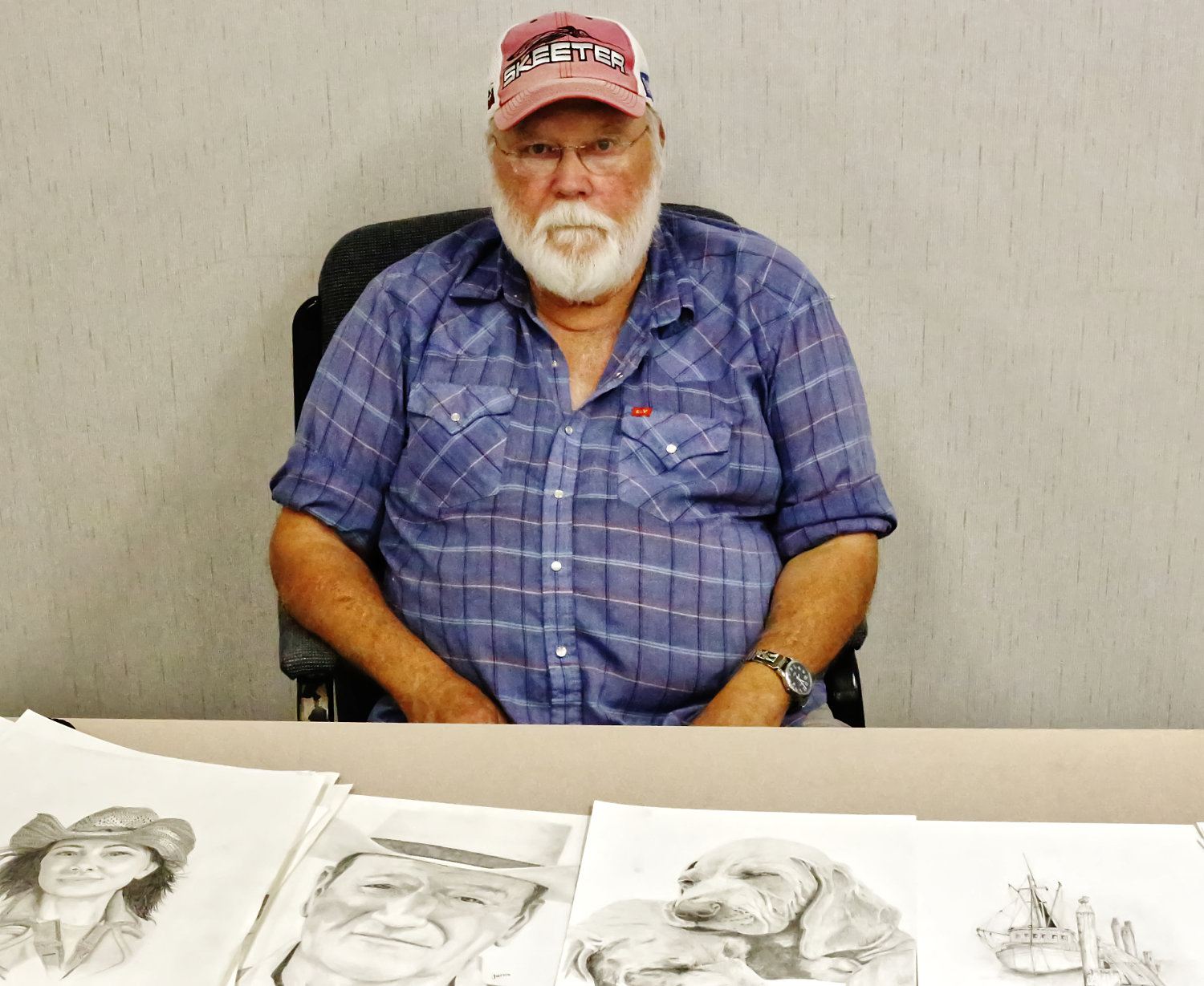Eyes are window to self-taught sketch artists’ talents
woodctystringer@gmail.com
“It all starts with the eyes,” stated pencil sketch artist Johnny Harris. The retired Lake Fork resident fills his days with fishing and drawing.
A self-taught artist, Harris has mastered one of the most challenging aspects of creative portraiture – bringing the “sparkle of the eye” to life in a drawing.
This item is available in full to subscribers.
Attention subscribers
To continue reading, you will need to either log in to your subscriber account, below, or purchase a new subscription.
Please log in to continue |
Eyes are window to self-taught sketch artists’ talents
“It all starts with the eyes,” stated pencil sketch artist Johnny Harris. The retired Lake Fork resident fills his days with fishing and drawing.
A self-taught artist, Harris has mastered one of the most challenging aspects of creative portraiture – bringing the “sparkle of the eye” to life in a drawing.
For Harris, it actually does start with the eyes.
“The very first thing I draw are the eyes of the subject,” he explained. “If you can get the eyes right, the rest of the work flows from them.”
Harris knew from an early age that he had a gift. In his first real art class, at Seagoville High School, the teacher told him that she could not help him, as his natural talent was so advanced.
As often happens in life, however, an early opportunity to capitalize on his artistry went amiss, replaced by the normal challenges of work and family.
“I was just too busy to tinker with it,” he admitted.
A long and successful career as a building project manager followed. A serious heart attack interrupted that life in 2004. The lengthy recovery rekindled his interest in sketching.
“The challenge of pencil sketching,” he described, “is creating a three-dimensional image on a one dimensional piece of paper.”
Using only a few simple tools – a draftsman pencil (sharpened like the point of a needle), rice paper and a standard sketch pad – Harris literally brings an image to life on a single sheet of paper. The depth and dimension of his sketches are hard to believe.
The reemergence of his sketching has benefited from some aspects of being retired.
“I just draw whatever catches my fancy,” he stated. He freely admits that he sketches much more when he can’t get out on the lake. Fishing the cove from his Secret Haven residence is also a passion.
Harris says he often sets his work aside several times before finishing a sketch. Being a bit of a perfectionist is no doubt one of the secrets to the quality of his work. He credits his wife, Linda, as being a helpful critic as well. The two have been married 53 years.
In a true oddity of today’s society, Harris’ parents were married for 68 years and Linda’s parents for over 50 years. His family came from Oklahoma, and his artistic traits had roots in both of his parents.
“My mother had a bit of artistry in her,” he explained, “but she was busy raising kids.”
Harris was the oldest of five children. His two sons, Johnny Jr. and Jamie, have inherited the artistic traits as well.
Harris has only recently begun to feature more portraits in his portfolio.
“I always enjoyed sketching animals,” he admitted. In addition to his two pet dogs, Annabel and Barney, Harris is skilled at recreating images of wildlife, including fish.
Some of his work may be found displayed at the Quitman Animal Clinic. Although he has never shown his work at an exhibition, when he does take a few sketches into a public area, they go fast.
The father’s day gift of a Nikon camera opened up his range of potential subjects. When he sees, in person or on television, a person’s face that appeals to him, he will snap a quick photo. That photo may then become the genesis of a sketch.
Paging through a small sample of his work reveals a wide array of subject personages, from Martin Luther King, Jr. to George W. Bush. His subjects, however, do not have to be notable personalities. Rather, the features of their faces must be noteworthy.
Many of his works are a study in form, with little or no background. The subject just seems to materialize out of the page, independent of any scene.
Harris admits to have experimented with colored pencil drawing, but tends to revert to his single graphite.
“Colors can be fun,” he explains, “but there are too many decisions involved.”
The simplistic and extraordinarily-challenging techniques of pencil sketching clearly appeal to him.
“Black is the most difficult color to draw,” he offered. Harris uses rice paper as a tool to alter the multitude of dark shades. The technique, picked up from a forensics artist, is surprisingly effective, altering shade and depth.
There is also something special about creating a beautiful thing with the most basic of tools.
Now in his seventies, Harris is beginning to be forced to alter his drawing just a bit due to the onset of some eye conditions. Although he hasn’t lost any of the details, he has begun to sketch larger proportioned drawings.
“We’re at that point in life,” he explained, “but I’ll always have time to doodle.”
Harris’ self-described term of “doodling” just does not give his extraordinary talent justice.











